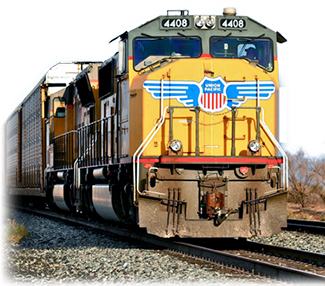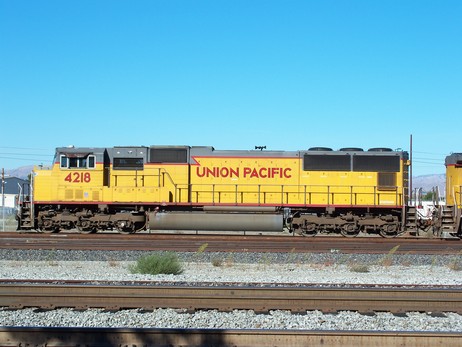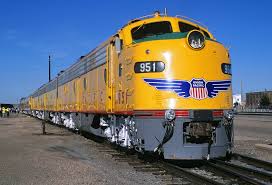Rail Industry Makes Tracks with Big Data
Published May-07-18Breakthrough:
How big data is improving operations and safety in the rail industry.
Company:
Union Pacific, United States
The Story:
 With big data comes insights and strategies that can lead to costs savings, improved efficiencies and better systems. The transport industry collects a lot of data from a variety of sources and understands well how unlocking its power can improve every aspect of operations. Take for example the railways.
With big data comes insights and strategies that can lead to costs savings, improved efficiencies and better systems. The transport industry collects a lot of data from a variety of sources and understands well how unlocking its power can improve every aspect of operations. Take for example the railways. As infrastructure improves and as railways develop ever more sophisticated inspection and monitoring systems, an enormous amount of data is continually being generated. It comes from a variety of sources such as GPS, hand-held field tables, electronic data exchange and video inspections. The key is to figure out how best to utilize the voluminous amounts of information.
Improving Rail Operations
Some rail companies are already employing big data applications. For example, Union Pacific Railroad, a freight hauling railroad that operates more than 8,000 locomotives over thousands of miles of routes across parts of the USA. It uses big data in many aspects of its operations including predictive analytics to reduce train derailments by predicting them days or weeks before they are likely to occur. Thermometers and acoustic and visual sensors are placed on the underside of each of the company's rail carriages and these can detect and analyze imminent problems.
Acoustic sensors have been used on the company's trains for around a decade to deliver noises from vibrations in train wheels to detect anomalies on the track. Predictive analysis is now being employed to find patterns in the captured noise that could indicate wider problems. Meanwhile, visual sensors provide ultrasound images of when wheels begin to flatten. This early warning system has led to a reduction in bearing-related derailments by 75%, saving millions of dollars.
Going Green
Union Pacific has also developed alert systems to help boosts its green credentials (already it has a carbon disclosure score of 98, out of a possible 100 - this is a measure of the level of disclosure with regards to actions companies take to mitigate their impact on climate change and offset their carbon footprint). The railroad company employs fuel- and emissions-reducing technologies and the data produced is analyzed. As a result of new technologies and data analysis, the company states that it was able to eliminate an estimated 33.5 million tons of greenhouse gases in 2012 alone.
Checking for Defects
With all its big data solutions and sensor technologies, Union Pacific has developed alert systems to measure 20 million daily pattern matches that are performed on all the sensor data. Typically, there are 1,500 alerts per day. Some need to be checked immediately by the train driver while others can wait until the train has reached its next stop or final destination.
There is also the Machine Vision system, which was developed in its own R&D labs. At three locations the technology remotely scans a mile-long train moving at 70 mph. In a statement, Union Pacific explained how it works.
"The system's robotic eyesight captures 50,000 photos per second, which are then strung together to form uninterrupted 3D images of the train. Lasers, radars, and sensors are also involved, and each portal site has its own trackside data center.”
Big Data Big Gains
As a result of its investment in big data technologies, Union Pacific is making its operations safer and greener while serving its customers better and saving money.
Next Story »



